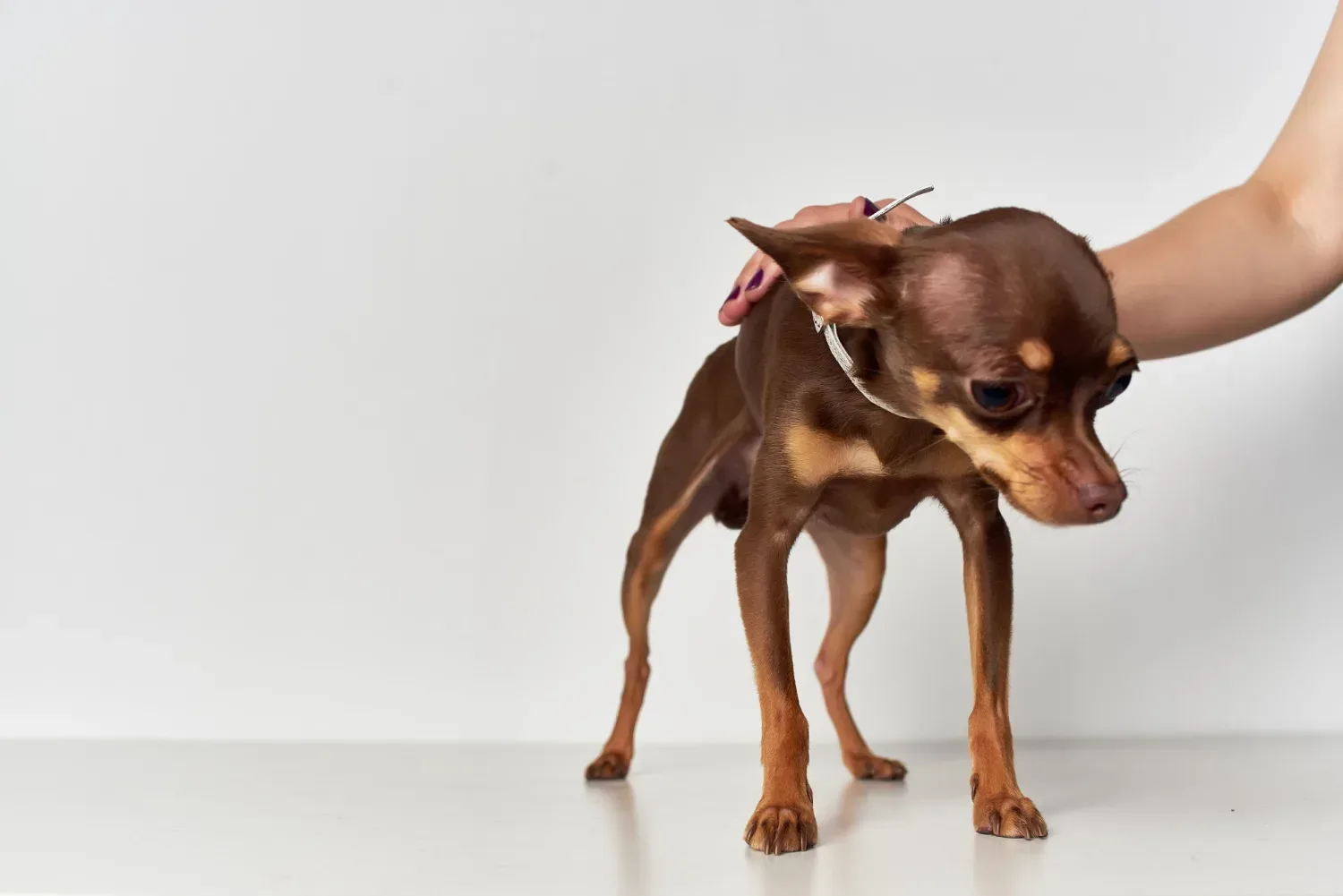
Doberman pinscher training
To begin your Doberman pinscher training, you must know the basic commands. These commands include: “Release,” “Come,” and the Name command. Your dog should also be taught to recognize “good” and “bad” people. It is important to take your Doberman for walks, play with him, and spend time with him, as bonding is vital to…
Read More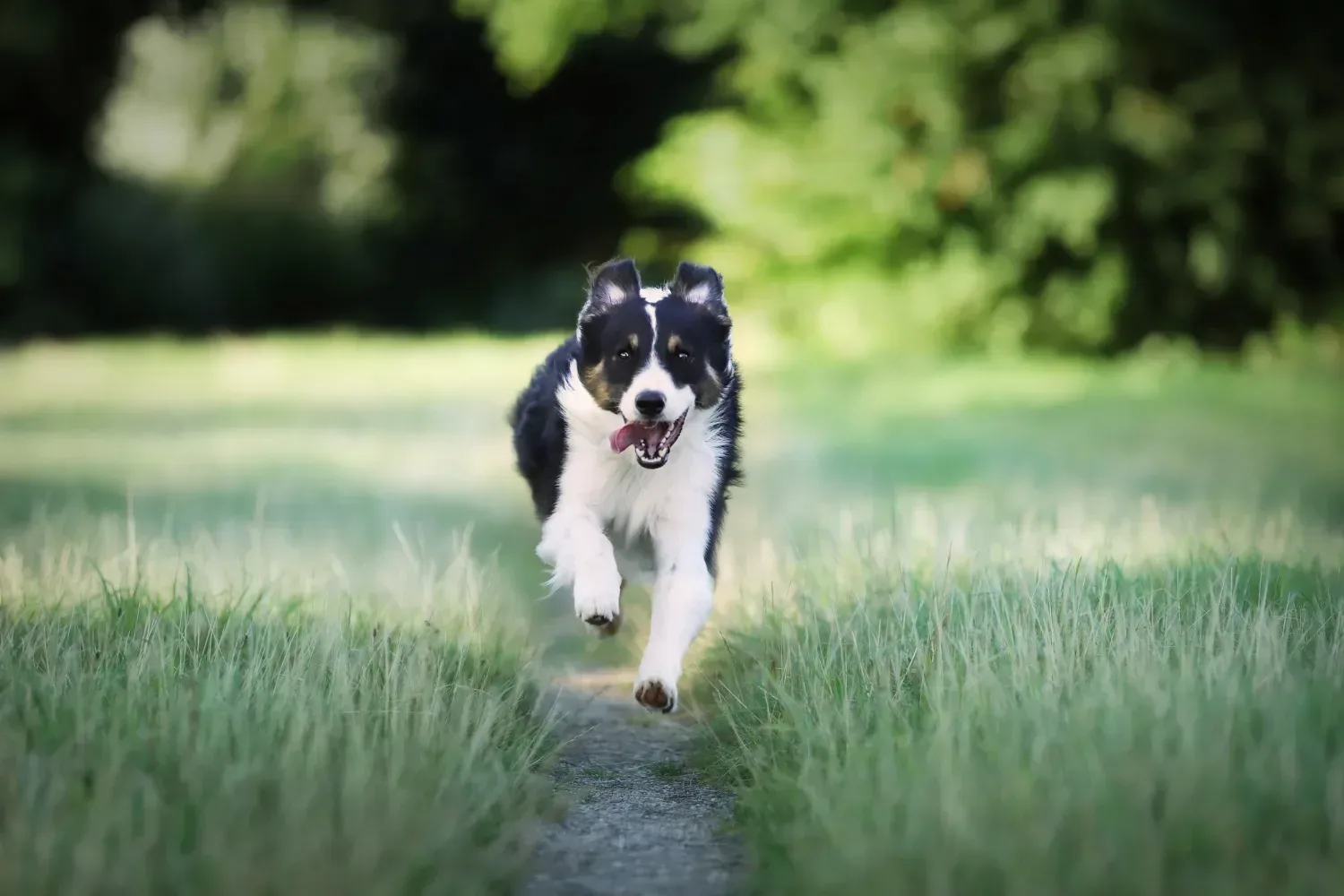
Miniature pinscher health issues
Heart disease is one of the most common causes of death in the golden years of Miniature Pinschers. Most heart disease in dogs is caused by the weakened valve of the heart, which allows blood to leak back around the valve and strain the heart. Your pet may have a heart murmur or other symptoms…
Read More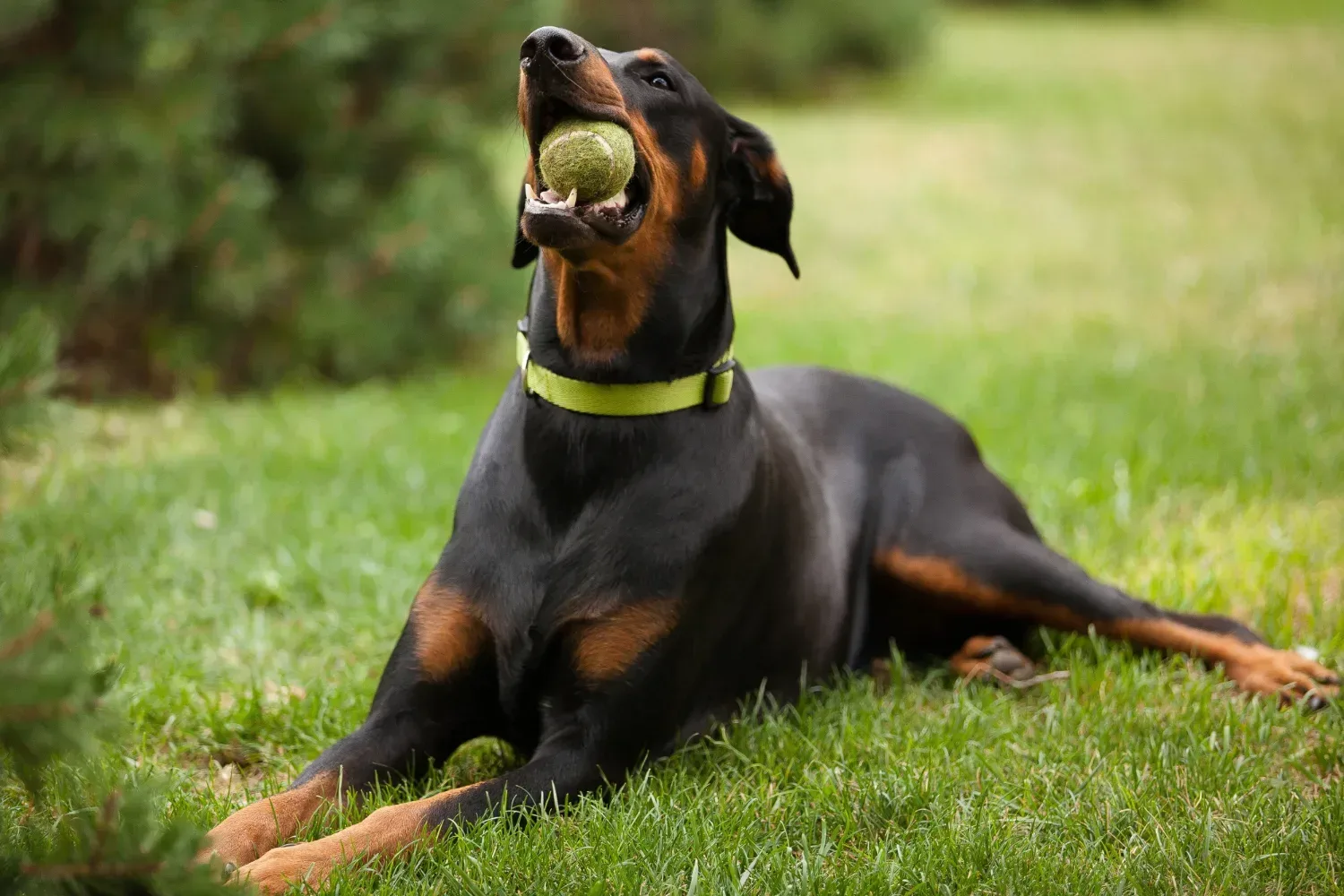
What is miniature pinscher similar breeds
The Miniature Pinscher, also known as the Min Pin, is a small breed of the pinscher family. They may have descended from German Pinschers mixed with Italian greyhounds or dachshunds. However, the exact origins of the breed are not fully known. In order to answer this question, it is necessary to understand some basic facts…
Read More
Are Doberman Pinschers Scary?
Are Doberman Pinschers really that scary? Well, this article will answer your question. These powerful, intelligent, and loyal dogs have an intimidating reputation. In spite of this reputation, they are generally quite gentle dogs. In general, they are loyal, watchful, and loving, which is one of the reasons why they make great family dogs.…
Read More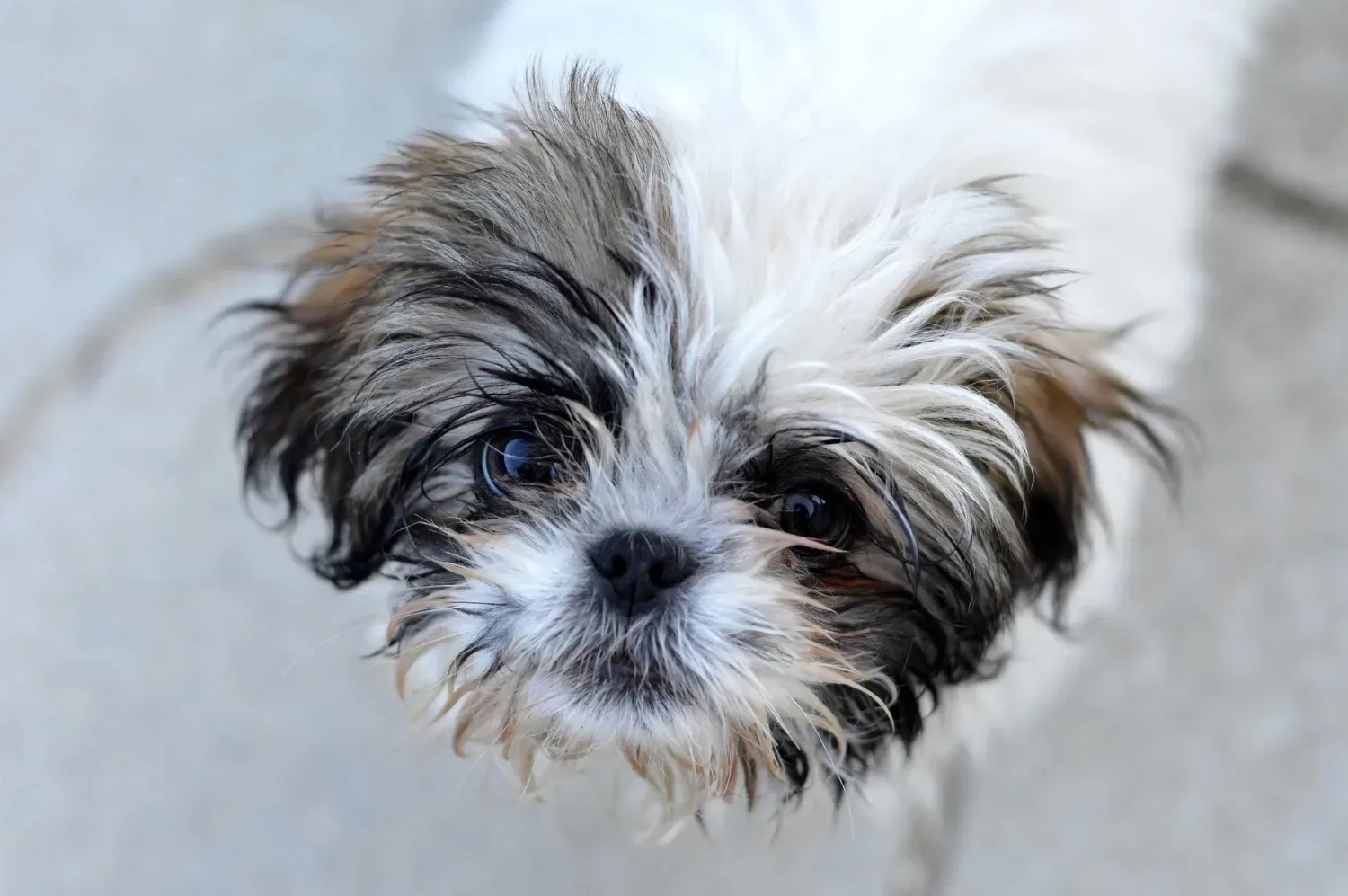
All about miniature pinscher shih tzu mix
The Miniature Pinscher Shih Tzu Mix is a hybrid breed of dog, a cross between the Shih Tzu and Miniature Pinscher. This type of dog is known for its friendly, playful, and intelligent nature. Because of its mixed-breed heritage, Miniature Pinschers are often more friendly and sociable than Shih Tzus. However, it needs adequate socialization,…
Read More
How to trained doberman pinscher
To successfully train a Doberman pinscher, you must first understand how this breed is naturally motivated. Its high-energy level makes this breed ideal for training. Training this breed requires consistent praise and rewards at appropriate intervals. Treats, like dog biscuits, should be nutritious and enticing, and you should use treats to reinforce your commands, but…
Read More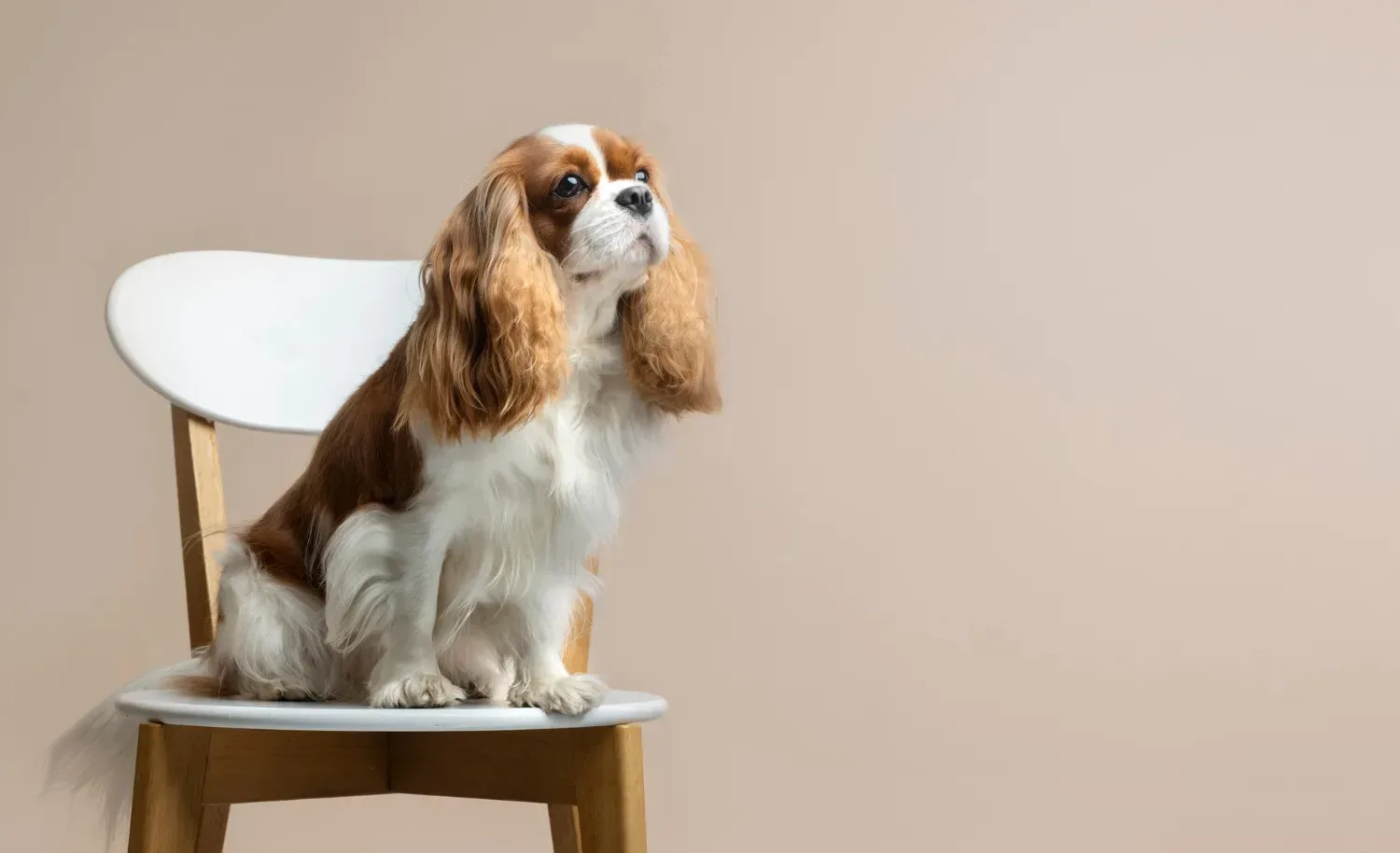
All about dachshund pinscher mix
When you first learn about the Dachshund pinscher mix, you may be confused by the many similarities between these two breeds. While the two dogs are essentially the same, the Doxie Pins have a few distinct differences. This article will cover the size and personality of this unique breed. Keep reading to learn more!…
Read More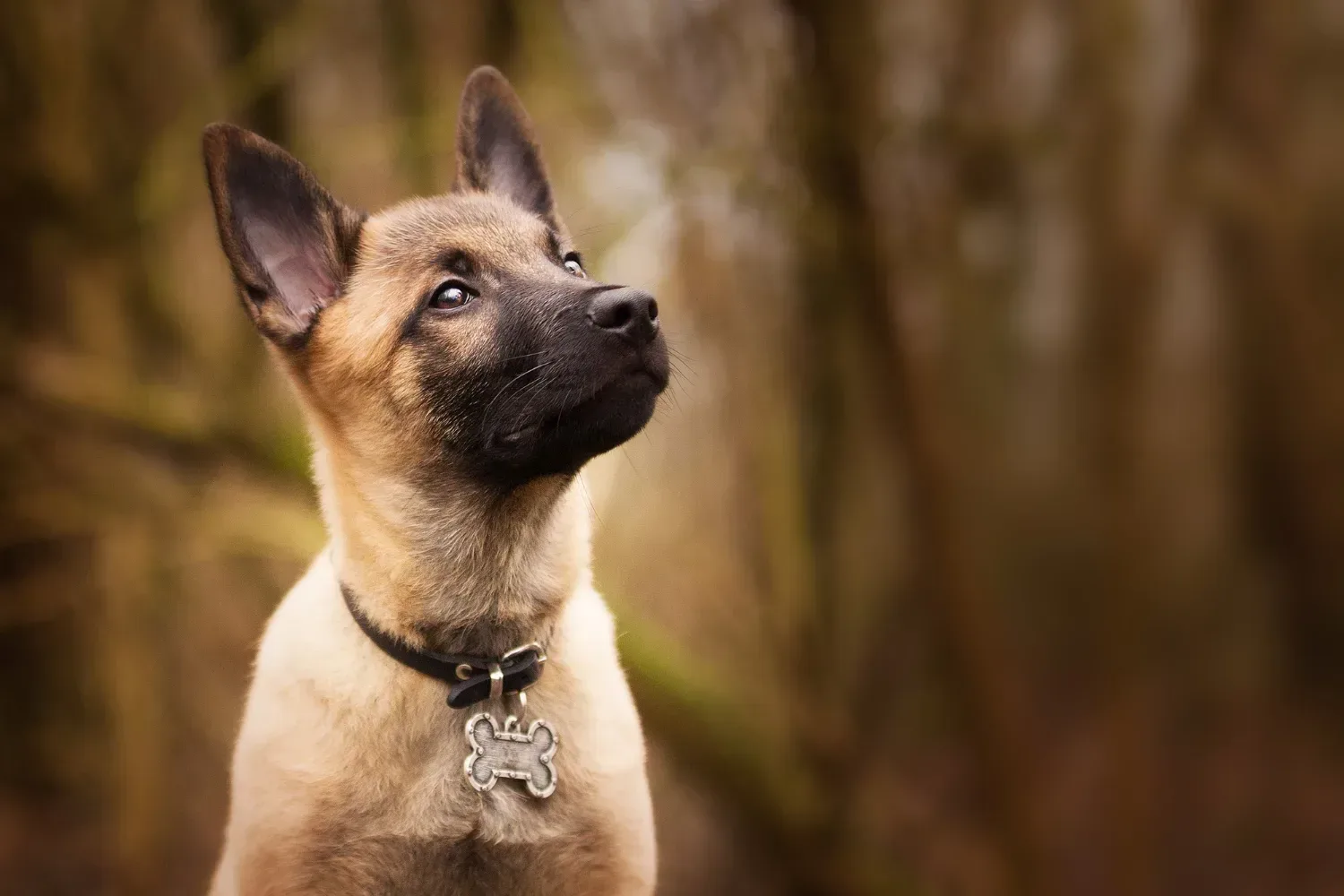
Miniature pinscher fat – what diet choice?
Miniature pinschers don’t need much food. In fact, they can live with cats and eat as little as a half ounce per day. Fortunately, these little dogs aren’t very bribable either, and you don’t have to worry about them being overweight or having a genetic condition. Here are some tips for keeping them healthy. Keep…
Read More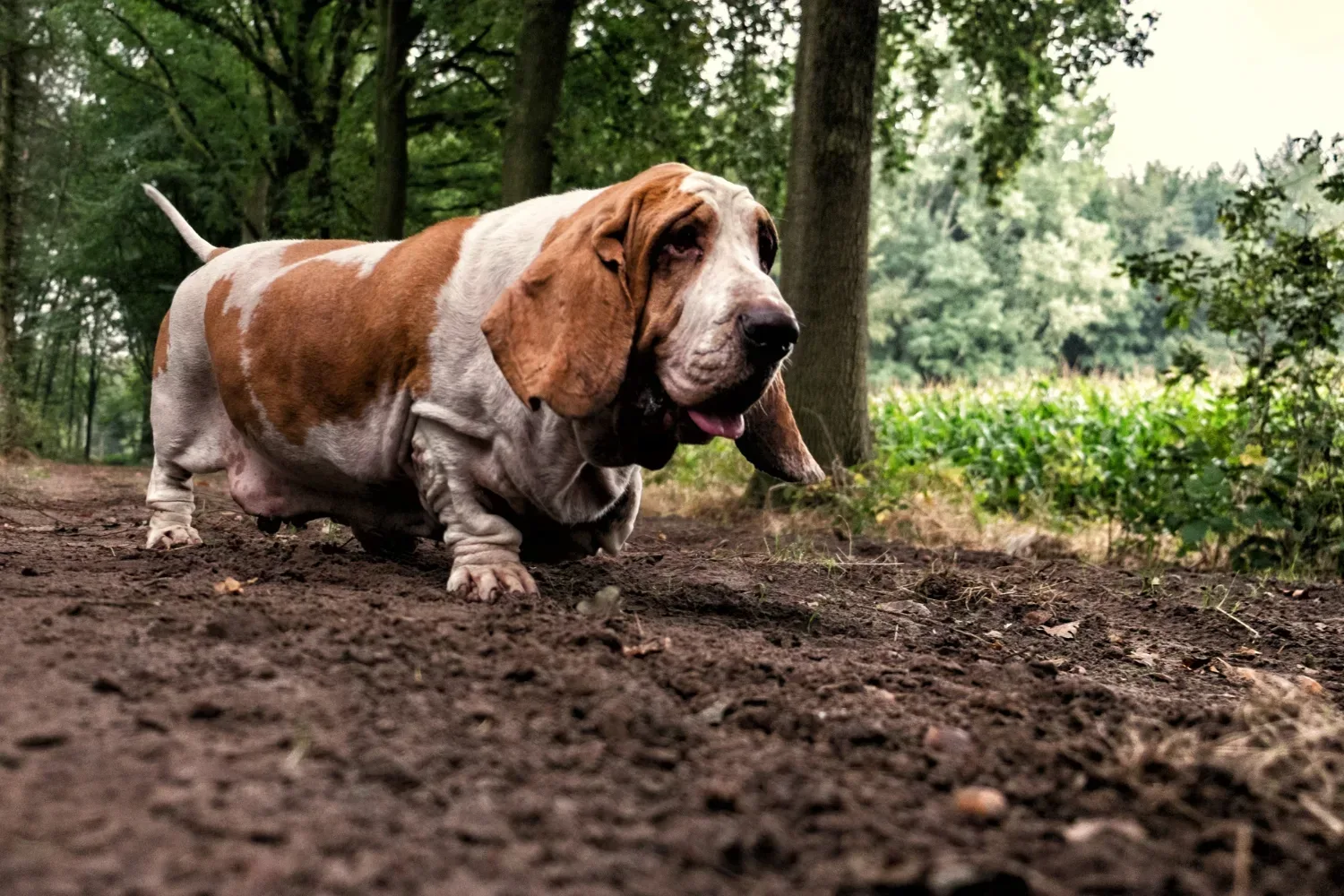
Doberman pinscher ear cropping
While ear cropping may not have any health benefits, it has become a common procedure for many dog owners. People perform this procedure to give their pets a certain appearance. In fact, ear cropping is considered cruel by some people. In the United States, however, the practice is not prohibited, but some states are considering…
Read More
Doberman pinscher cost – all about
Whether you are planning on adopting a Doberman Pinscher or a Doberman puppy, you are going to need to know the cost of dog ownership. The first month can be particularly overwhelming because of the one-off and ongoing costs. However, after this initial phase, your life with a Doberman will go more smoothly. In this…
Read More